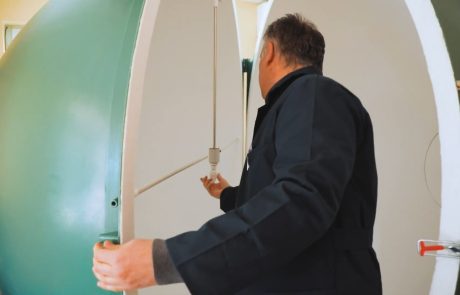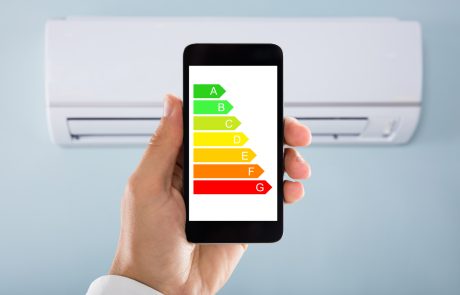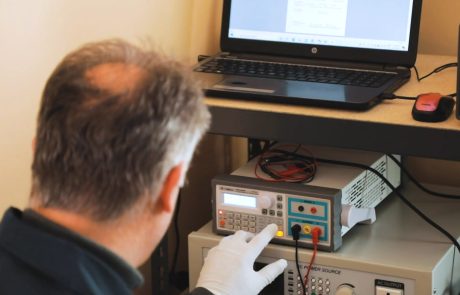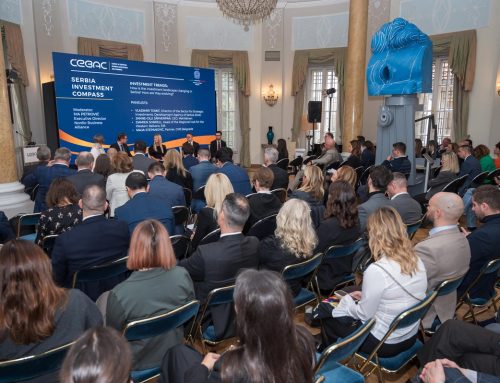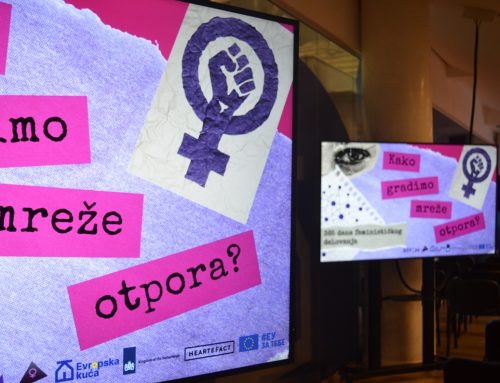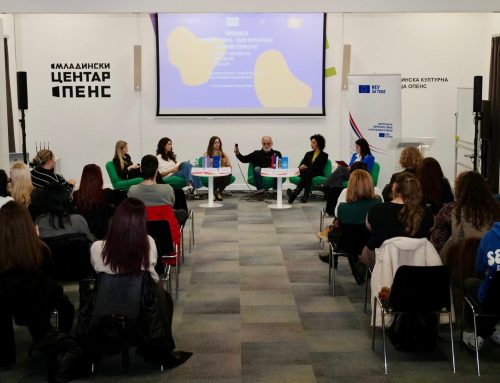Reducing energy consumption, using renewable sources, increasing energy prices worldwide, as well as the current economic crisis have lately been the topics of great importance.
Adequate selection and use of household appliances during the expected lifecycle can bring personal benefits to citizens, as well as benefits for the family and the broader community – which is reflected in savings on energy bills, longer life cycle of appliances and reduction of their harmful environmental impact.
How can consumers be sure that a product is really what the manufacturer claims it is?
The improvement of laboratory capacities in Serbia for measuring energy efficiency of products is important in this regard, since these laboratories will work for manufacturer, but also for market inspection. Market inspection samples a product that, for example, belongs to the Energy class “B” and sends that product to the laboratory. The laboratory then measures the characteristics and sees whether the product really is a “B” class product or it belongs to another class. The main task of the laboratory is to check whether the data on the label is correct, and thus assure us of its quality.
The EU provided EUR 1.5 million in grants for the implementation of the project “EU for Energy Labelling and Eco-design”, which provided the necessary expert support to product testing laboratories.
Dragoslav Đorović, Director of AN LAB from Belgrade says that AN LAB laboratory deals with product safety testing, for placement on the markets of the European Union and Serbia.
“We recently started testing energy efficiency of lamps. In order to master the energy efficiency testing of lamps, we applied to participate in this project. By examining the energy efficiency, we can determine how much money that product will spend in one year. When you calculate the price of that product and its energy consumption, you can know how much to spend on that product”, said Đorović and added:
“The project helped us gain knowledge and compare ourselves to others – to see how other are doing it.”
A regulated household appliance market serves everyone, including the government, suppliers and manufacturers of household appliances, and ultimately, consumers. Regulations provide benchmark values that we can rely on. Together with the requirements for energy labelling, we get an important tool for raising awareness of citizens, because if energy labelling is mandatory in household appliance stores, customers can make the necessary comparison between different brands, models and they can buy the appropriate household appliance.
Consumers who use more energy-efficient products trade-off the initial cost with lower energy bills. Washing machines, refrigerators and cooking appliances carry energy labels and are designed to meet minimum energy efficiency standards. The result of these labels and standards imply huge energy savings. Since refrigerators and freezers have to be turned on 24 hours a day, 365 days a year, they are significant household energy consumers. In fact, research shows that they are responsible for roughly 7 percent of the average energy bill. The fact is that modern refrigerators use between 40 and 60 percent less electricity than models sold before 2000.
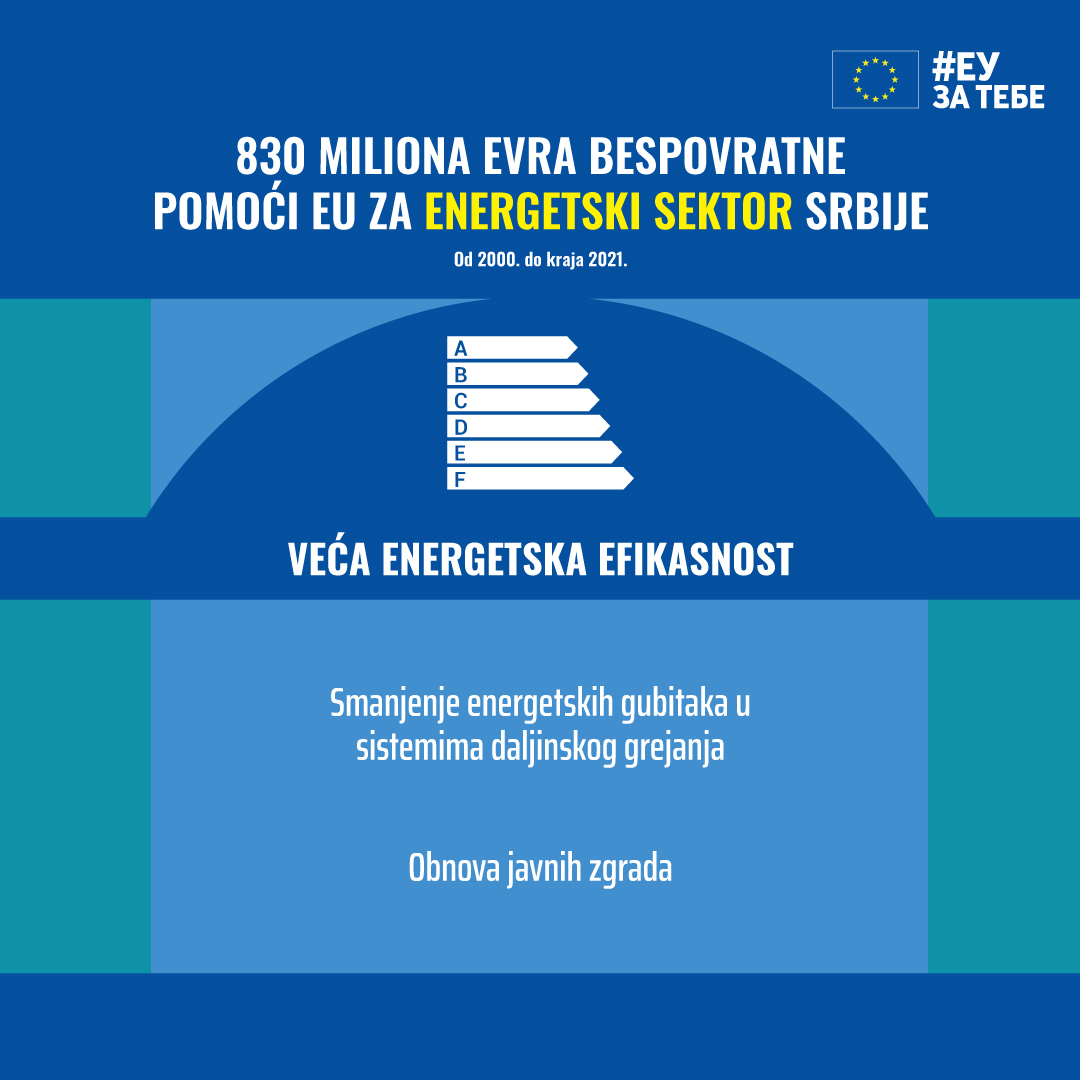
The European Union is a bigger donor than all other international donors combined. In the past two decades, the EU has invested more than EUR 830 million in the energy sector. In 2022 alone, the EU support to Serbia’s energy sector is estimated at EUR 100 million.
Diversification of energy sources, security of supply, energy efficiency and decarbonisation of the economy, in accordance with the Paris Agreement, are the main objective of EU support. The support of the European Union is realized in cooperation with the Government of Serbia. The EU will continue to support Serbia in its EU acquis harmonization and creating structures that will enable further investments in the decarbonisation of the energy sector.


